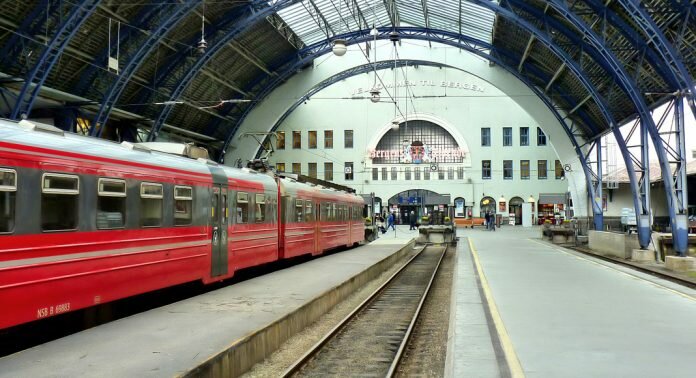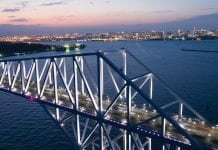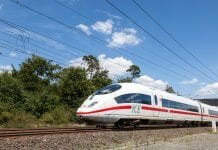
Norway’s state-owned railway infrastructure agency, Bane NOR, has announced plans to digitise signalling equipment across the country’s entire network.
The plan to digitise signalling equipment across the entire network would represent one of the largest digitisation projects to ever take place in Norway, and Sverre Kjenne, executive vice president of Bane NOR, has said that the plan will create “the railway of the future”.
The project of digitising the railway is worth €800m and will be undertaken by German company Siemens. The first phase of the process is expected to be completed in 2034, and the contract also includes services for 25 years.
Why does Norway need to upgrade its railways?
Norway’s national railway network consists of around 4,200km of track and some 375 stations, but legacy safety and signalling systems are due to reach the end of their designated lifecycles by 2034. Bane NOR announced a call for plans to digitise signalling equipment and safety protocols to anticipate the end of functionality of current systems.
An additional advantage of Norway’s plan to digitise signalling equipment is that it will bring the country’s rail network into compatibility with the European Train Control System (ETCS). The ETCS is designed to harmonise the operations of railway networks across Europe, and to facilitate easier cross-border transport and freight.
What has Siemens said about the project?
Michael Peter, CEO of Siemens’ mobility division, said that when the digitisation project is complete, the railway system will operate in a manner similar to an internet of things network, with a central hub which uses data to optimise journeys.
He explained: “This project is a major step in signalling history. This conversion will save much hardware, allow for maximised capacity and provide the basis for data- based minimised preventive maintenance. Ultimately, this will provide passengers with a far more efficient and reliable travel experience with far greater punctuality, increased capacity and more throughput.”


















